I was diagnosed with HIV in 1985. Most of my friends died. I don't know why I didn't.




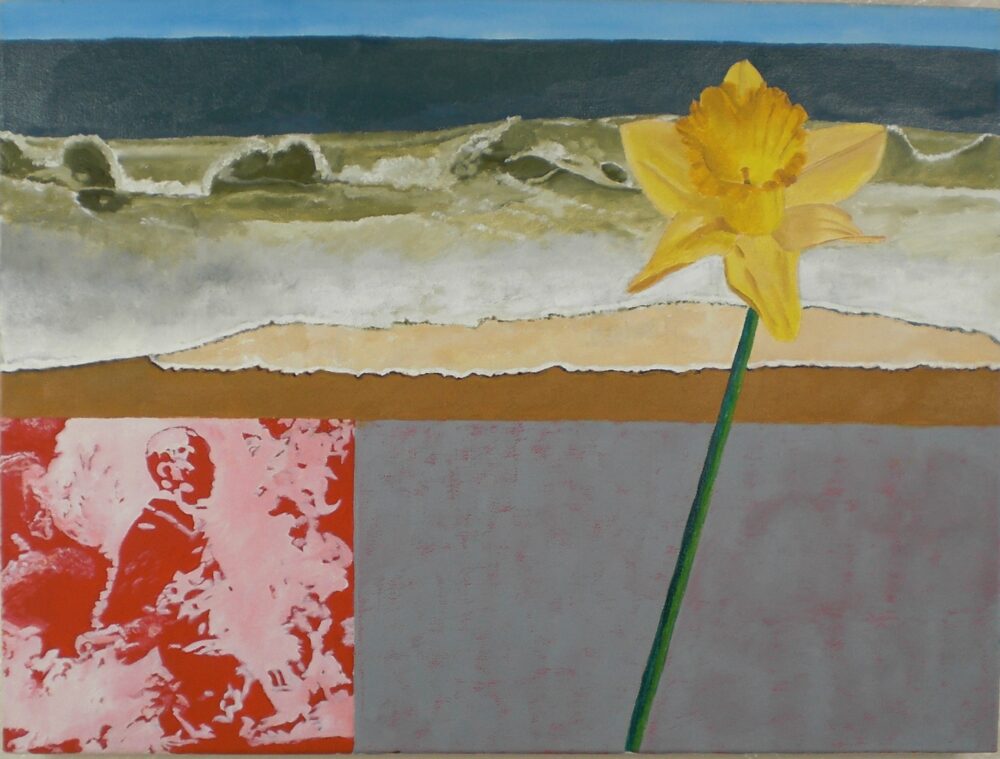












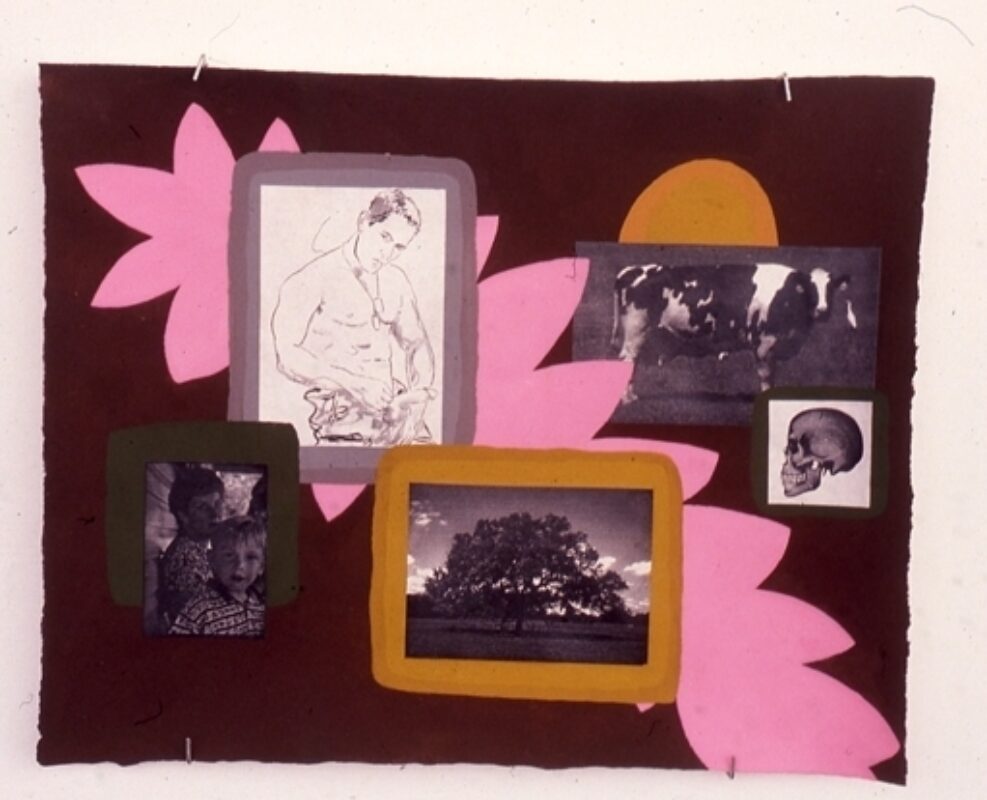






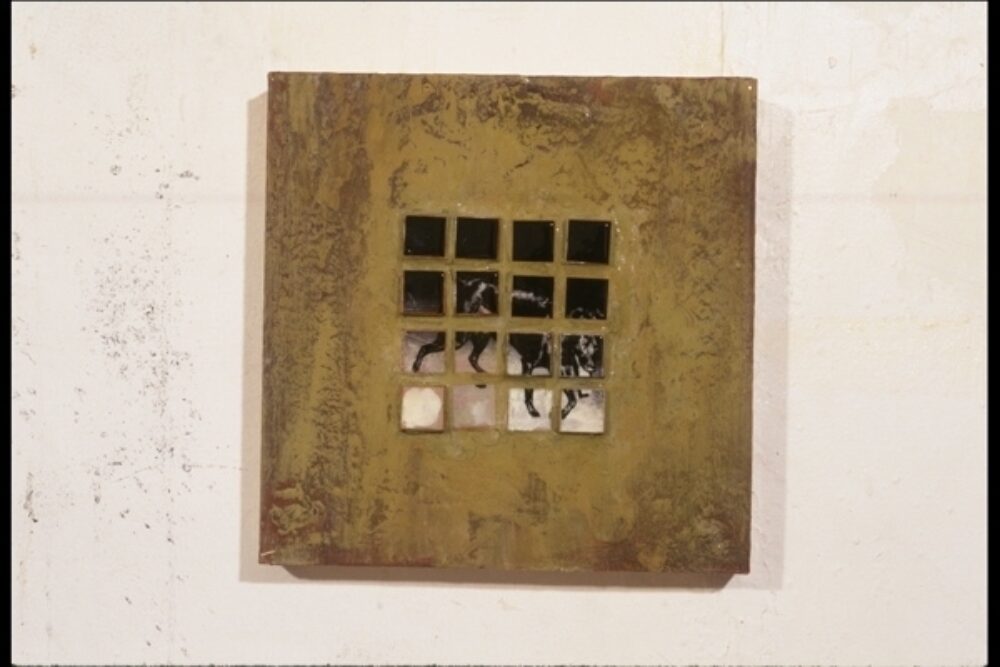
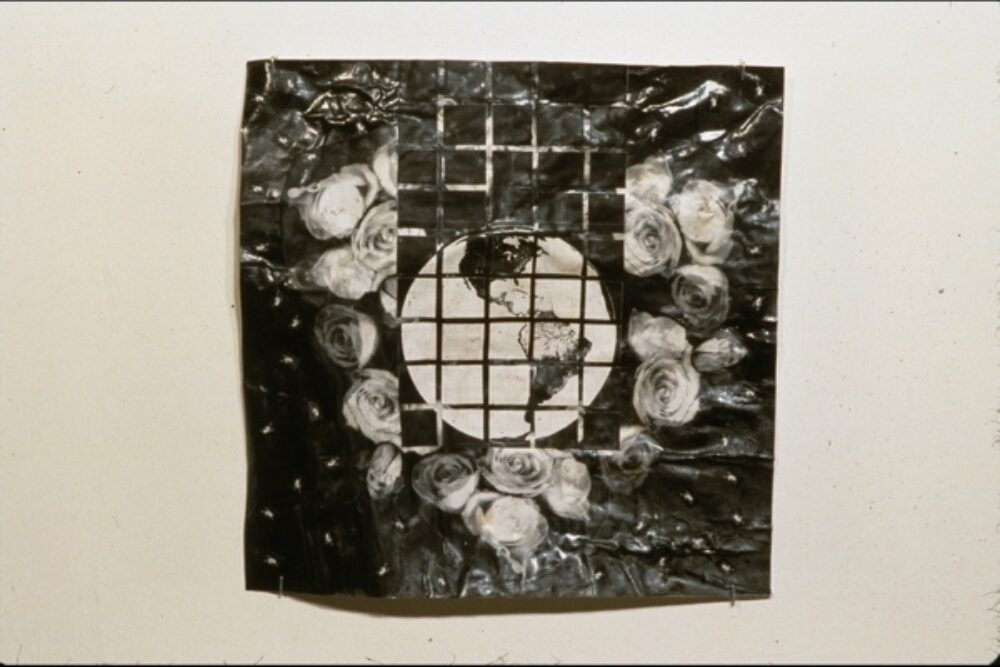
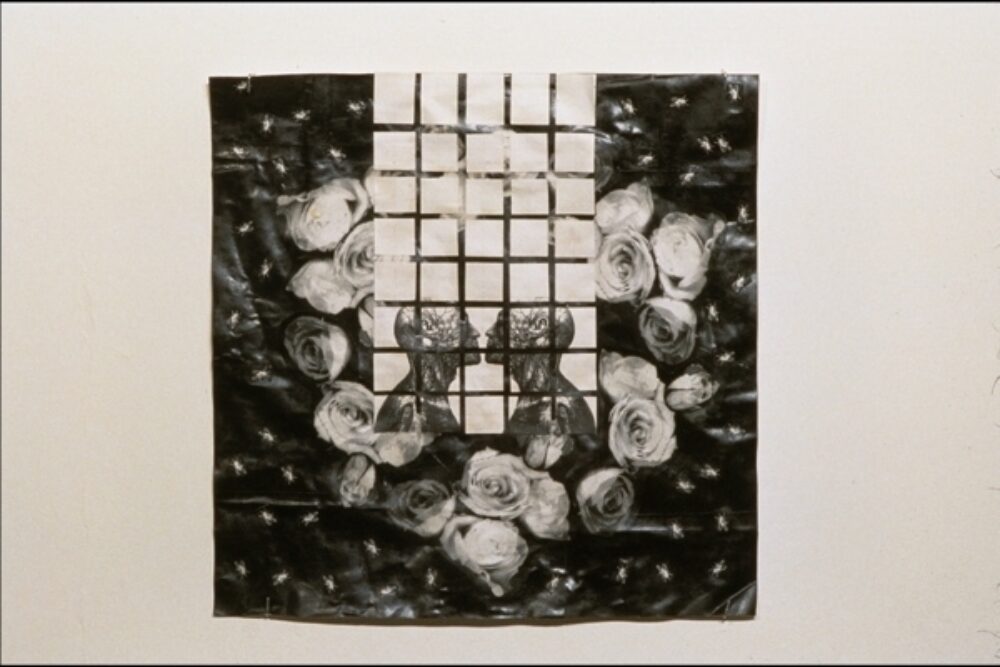
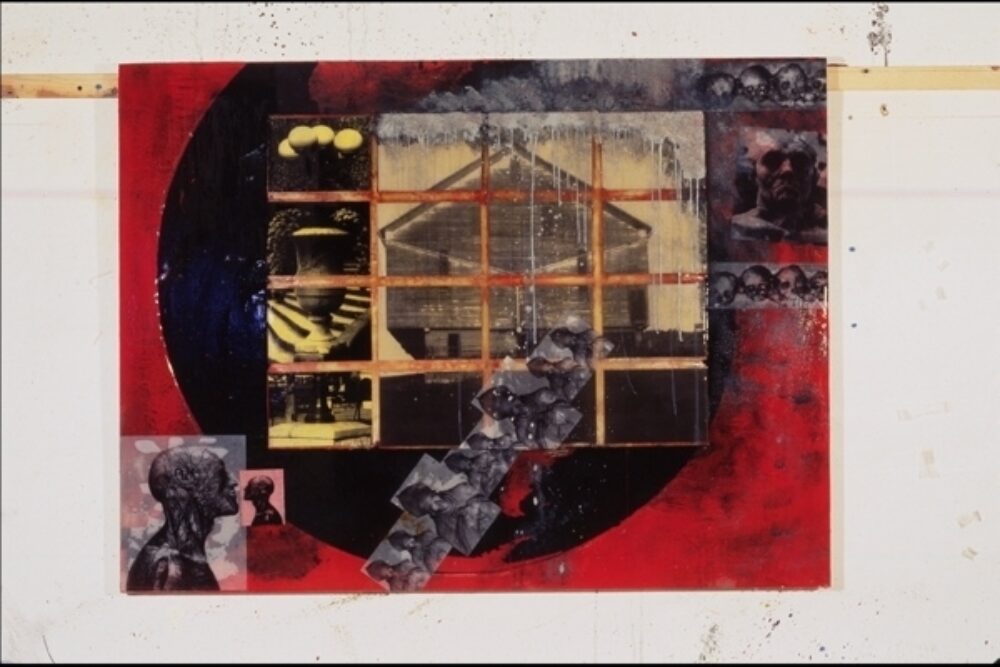





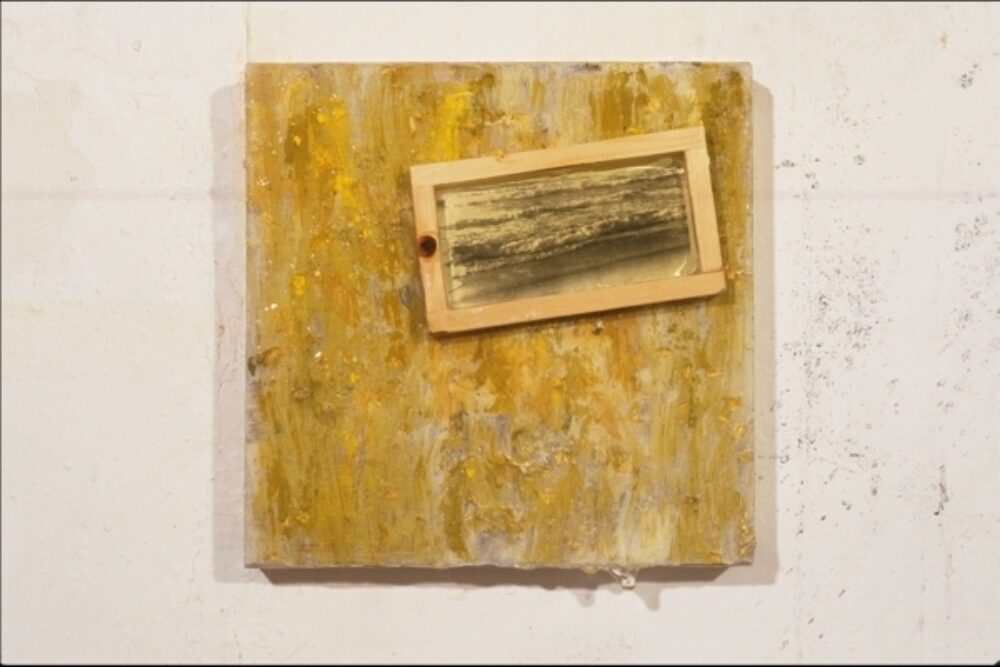


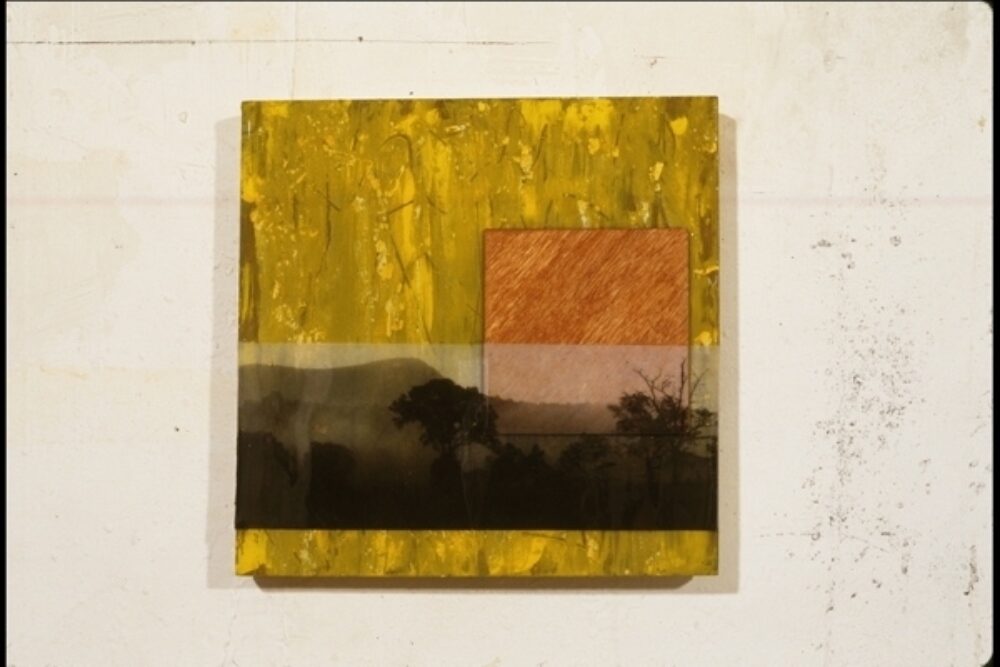

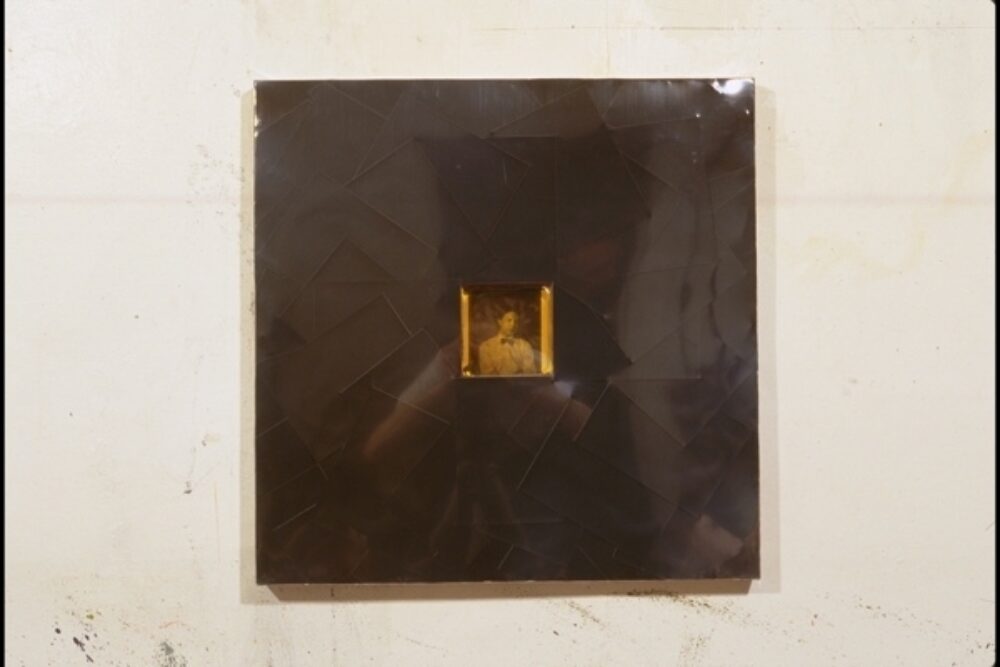

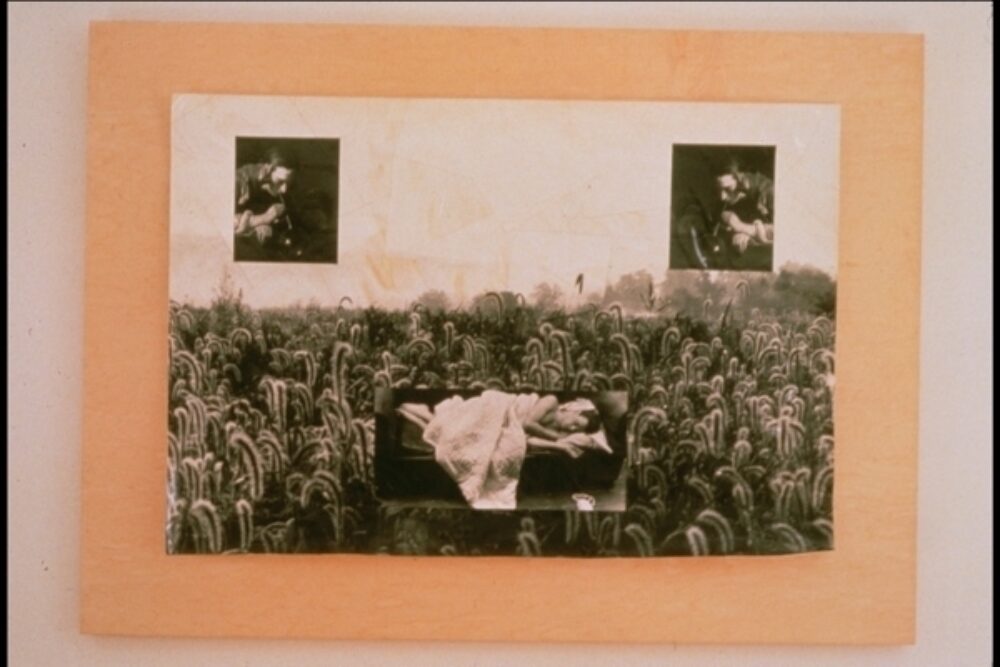


William Cullum (born 1958, San Diego, United States) makes paintings and works on paper. Through a radically singular approach that is nevertheless inscribed in the contemporary debate, his paintings reference post-colonial theory(1) as a form of resistance against the logic of the capitalist market system.
His work urges us to renegotiate painting as being part of a reactive or – at times – autistic medium, commenting on oppressing themes in our contemporary society. With the use of appropriated images borrowed from day-to-day context, he tries to increase the dynamic between audience and author by objectifying emotions and investigating the duality that develops through different interpretations.
His work is an investigation into the representation of (seemingly) concrete ages and situations as well as depictions and ideas that can only be realized in painting. By investigating this language on a meta-level, he creates with daily recognizable elements combined with historical iconography, an unprecedented situation in which the viewer is confronted with the conditioning of his own perception and has to reconsider his biased position.
His paintings demonstrate how life extends beyond its own subjective limits and often tells a story about the effects of global cultural interaction over the latter half of the twentieth century(2) and into the twenty-first. It challenges the binaries we continually reconstruct between Self and Other, between our own “cannibal” and “civilized” selves. By putting the viewer on the wrong track, he makes work that deals with the documentation of events and the question of how they can be presented. The work tries to express this with the help of physics and technology but not by telling a specific story or creating a metaphor.
By rejecting an objective truth and global cultural narrative(3), he seduces the viewer into a world of ongoing equilibrium and the interval that articulates the stream of daily events. Moments are depicted that only exist to punctuate the human drama in order to clarify our existence and to find poetic meaning in everyday life.
His work is a drawn reflection upon the art of painting itself; thoroughly self-referential, yet no less aesthetically pleasing, and therefore, deeply inscribed in the history of modernism – made present most palpably in the artist’s exploration of some of the most hallowed of modernist paradigms. By studying sign processes, signification and communication, he uses references and ideas that are so integrated into the process of the composition of the work that they may escape those who do not take the tie to explore how and why these images haunt you, like a good film, long after you’ve seen them.
He questions the conditions of appearance of an image in the context of contemporary visual culture in which images, representations and ideas normally function. By examining the ambiguity and origination via retakes and variations, he absorbs the tradition of remembrance art into daily practice. This personal follow-up and revival of a past tradition is important as an act of meditation.
His work sometimes radiates a cold and latent violence. At times, disconcerting beauty emerges. The inherent visual seductiveness, along with the conciseness of the exhibitions, further complicates the reception of their manifold layers of meaning. With Plato’s allegory of the cave in mind, he tries to create work in which the actual event still has to take place or has just ended; moments evocative of atmosphere and suspense that are not part of a narrative thread. The drama unfolds elsewhere while the build-up of tension is frozen to become the memory of an event that will never take place.
His work is given improper functions; significations are invested and form and content merge. Shapes are dissociated from their original meaning, by which the system in which they normally function is exposed. Initially unambiguous meanings are memory and the realm of experience, he tries to grasp language. Transformed into art, language becomes an ornament. At the moment, lots of ambiguity and indistinctness, which are inherent to the phenomenon, come to the surface.
His work never shows the complete structure. This results in the fact that the artist can easily imagine his own interpretation without being hindered by the historical reality. By demonstrating the omnipresent lingering of a “corporate world”, he makes work that generates diverse meanings. Associations and meaning collide. Space becomes time and language becomes images.
His collected, altered, and own works are being confronted as aesthetically resilient, thematically interrelated material for memory and projection. The possible seems true and the truth exists, but it has many faces, as Hanna Arendt cites from Franz Kafka.
William Cullum currently lives and works in New York City.
1) I read a lot of Negri and Hardt while I was locked up.
2) See “Thich Quang Duc”
3) I am a metamodernist.